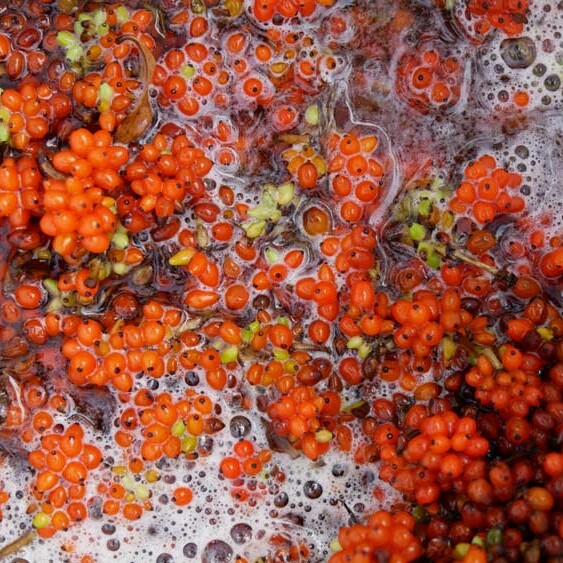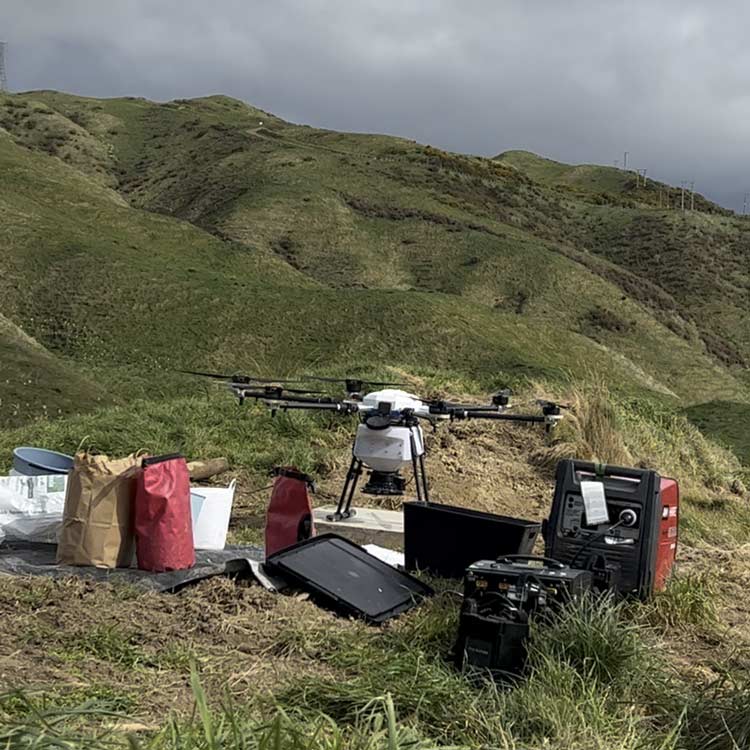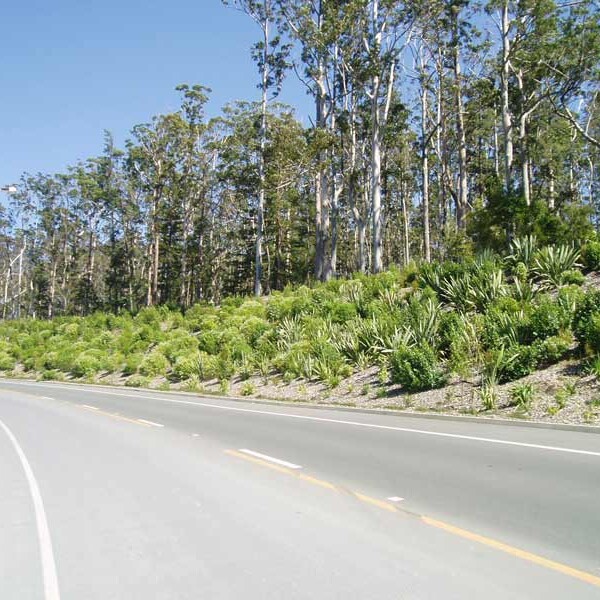CASE STUDY
Cut Slope Land Stabilisation, Lyttelton Port Company
Lyttelton, Christchurch
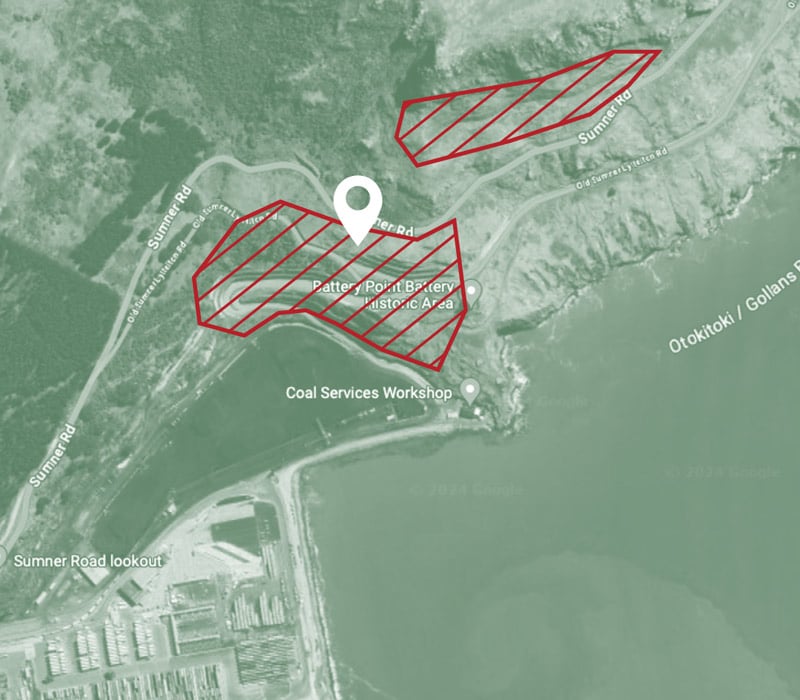
Backstory:
As part of the 10 hectare land reclamation occurring at the Lyttelton Port Company (LPC), the haul road to their existing quarry was to be upgraded to improve access for heavy vehicles.
Vertical cuts had to be made into the steep cliff to lower the gradients of the haul road. Excavation of the cuts revealed pockets of erodible loess clay among the rock. Red Tree was contacted by Fulton Hogan, the civil contractor undertaking the excavations, to remediate the potential for further erosion.
"Being directly above the port operations and below the new road construction, this site was extremely high profile."
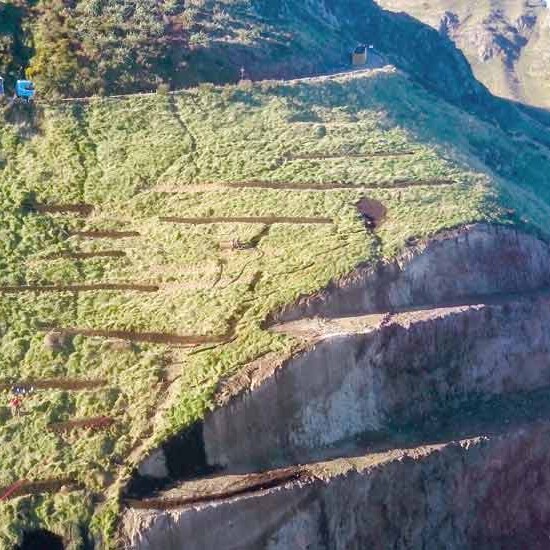
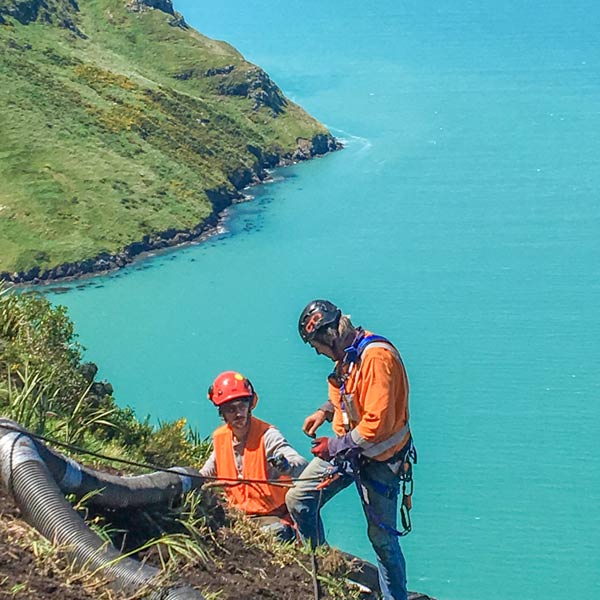
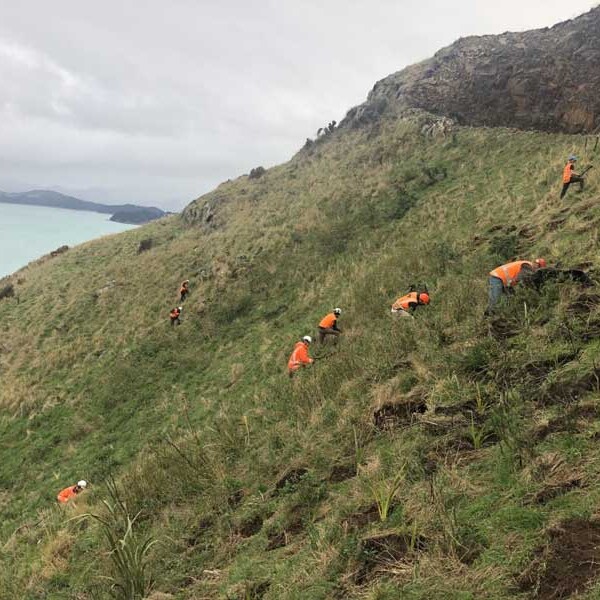
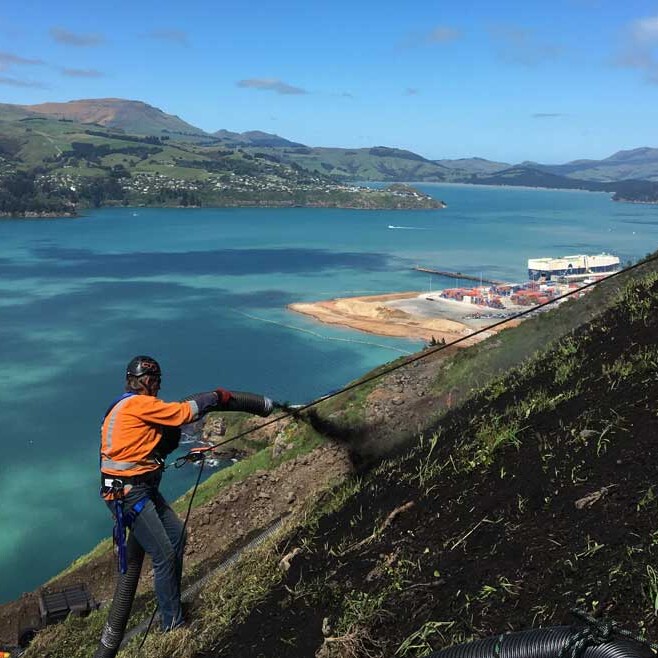
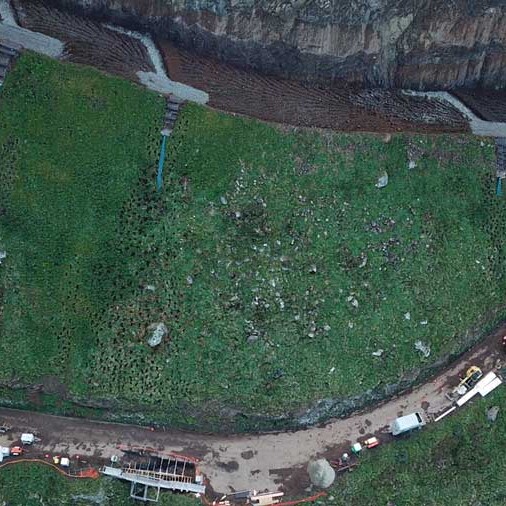
The Challenge:
Loess is comprised of platelets which carry a negative charge facilitating ion exchange once saturated and is therefore extremely partial to erosion. During precipitation onto the Sumner Road catchment, high velocity sheet flow was running down slopes above the vertical cuts and eroding the loess faces.
Sumner Road above LPC was still under construction after being closed following the Christchurch earthquake sequence. Being directly above the port operations and below the new road construction, this site was extremely high profile.
Coordination and communication between these two large civil construction projects was a challenge that required high levels of compliance and health and safety. Once windows of ingress were coordinated, gaining access to the steep slopes above the vertical cuts was also a challenge. Rope access teams were required to move across the slopes and work on the eroding cut faces.
The Solution:
A series of Enviroberm®’s and an Enviroblanket®, delivered via Canterbury Woodchip’s industrial high tech pneumatic applicator, was considered as an effective solution for the vertical cut faces and steep gradients above.
Trapezoidal Enviroberm®’s with dimensions 300mm high and 600mm wide were installed perpendicular to the gradient on the steep slopes above the eroding loess cut face. Enviroberm®’s bisected the slopes; constructed at intervals to interrupt sheet flow and facilitate infiltration. Rilling etched into the landscape from previous water flow indicated how best to work with the hydrology of the slope.
To remediate continued loess erosion, Red Tree Rope Access Teams securely pinned a dense three-dimensional reinforcement mat onto a portion of the vertical cut and managed the pneumatically applied Enviroblanket® onto the interface. Specific species of clover and drought tolerant grasses were selected and seeded over the Enviroblanket® to stabilise and vegetate the cut face.
